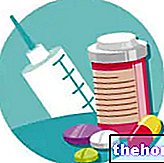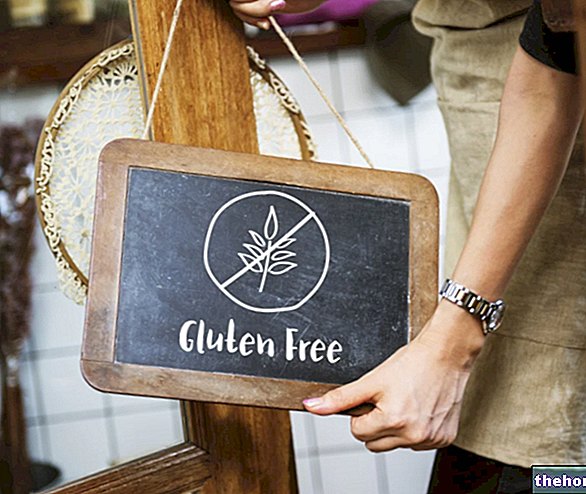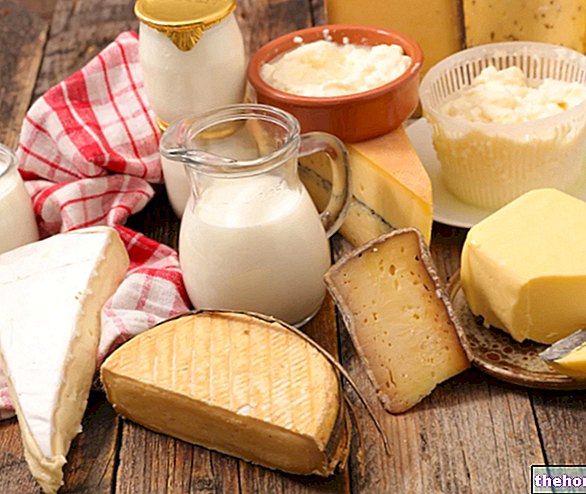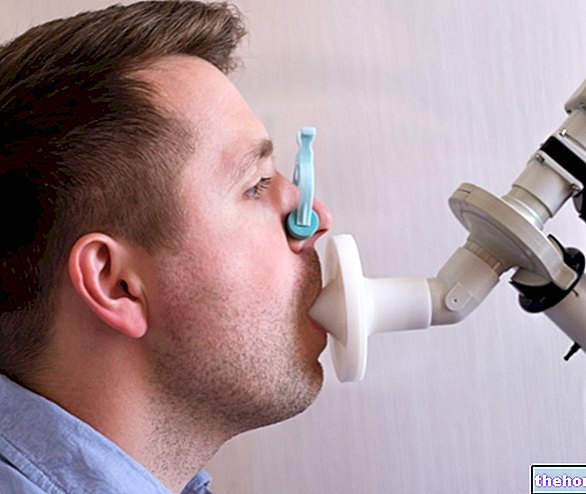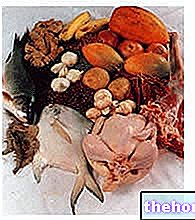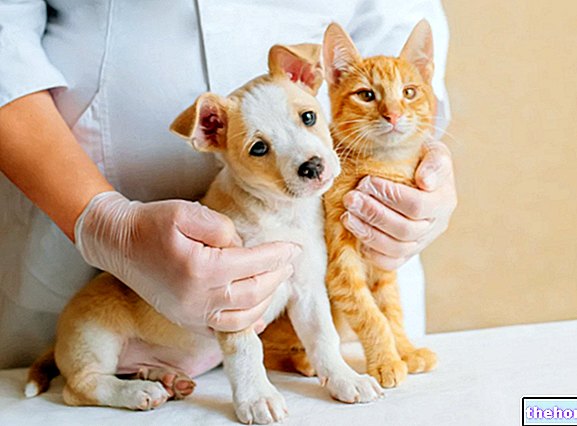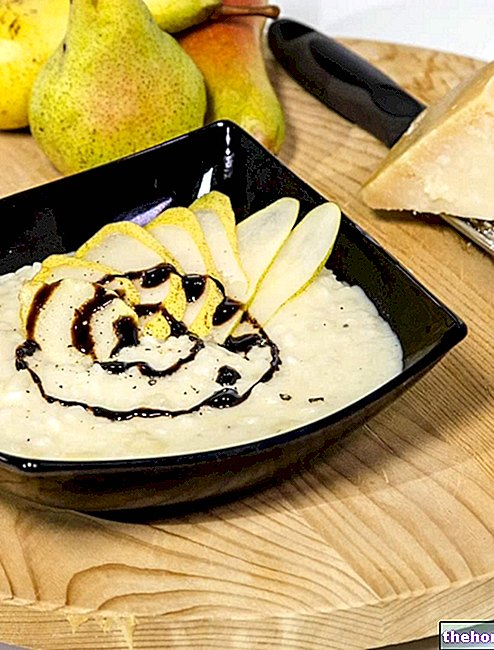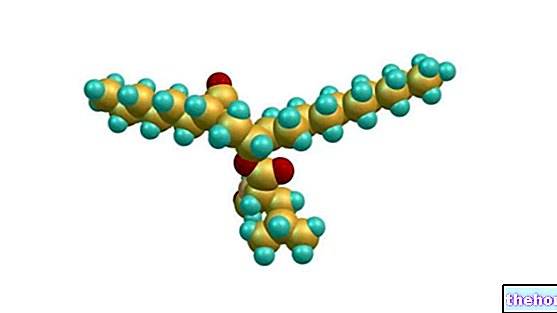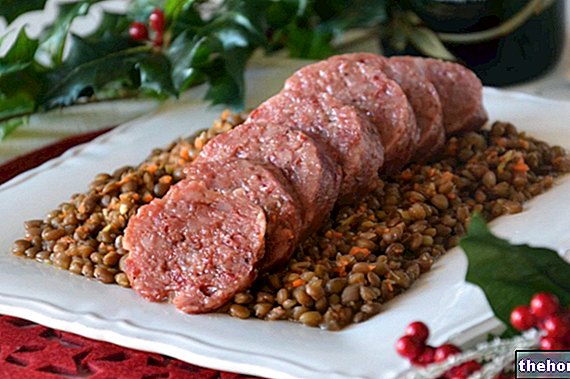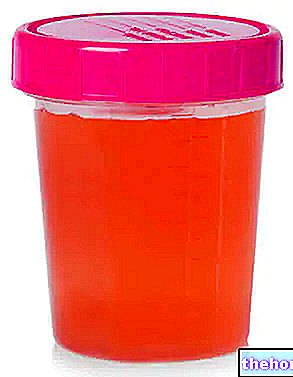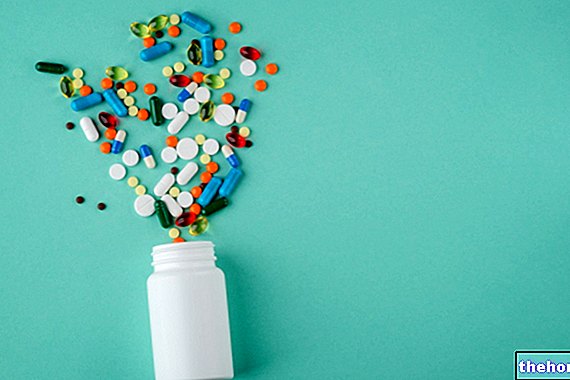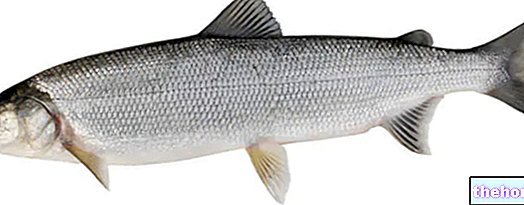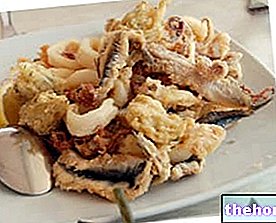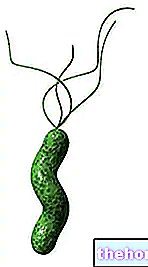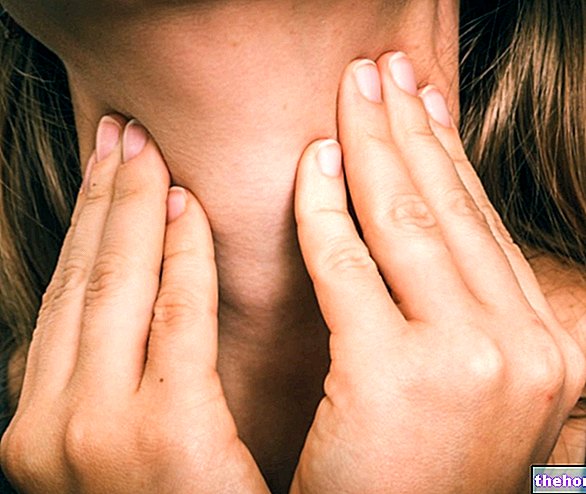What are
Food dyes are substances with no nutritional value, or used for non-nutritional purposes, added during the processing of food products to impart particular chromatic characteristics or enhance their original color, thus giving them an inviting and more palatable appearance. The use of food colors, therefore, essentially aims to increase the interest and satisfaction of consumers in the products to which they are added. Not surprisingly, the average consumer perceives the quality of a food also and above all from its appearance; thus, the orange juice is only good if orange, the mint juice if green, the butter if yellow, the yolk if orange and so on.

- vegetable and fruit extracts and juices (for example carrot, elderberry, lemon, strawberry, parsley);
- dried or concentrated food products;
- aromatic substances with a secondary coloring effect, such as paprika, saffron;
- pigments used to color the inedible external parts of food products (sausage or cheese coatings).
Natural and Artificial Dyes
A particularly interesting classification for the consumer is that which distinguishes food colors from natural and artificial colors. To the first category belong many substances with great variability of origin and chemical structure; although natural is not always synonymous with harmless and healthy, these dyes enjoy a great consensus on the part of consumers, who, conversely, do not look favorably on synthetic additives, due to the presumed danger promptly raised by the latest research on the subject. , if on the one hand natural dyes have advantages of better tolerability and safety, on the other artificial ones are preferred by industries because they are more stable to temperature and pH fluctuations, and resistant to light and oxidation processes. Some of the substances created by man to meet these needs, however, have subsequently proved to be harmful to man himself (just remember a few examples: Sudan Red, Butter Yellow).
However, it should be noted that the distinction between natural and artificial colors does not exist in legal terms, since the legislation concerning labeling allows the use of the term "natural" only in the case of flavorings. In other words, from a regulatory point of view, "natural" dyes do not exist. Furthermore, dyes obtained from natural sources inevitably undergo a series of technological processes of extraction, purification and stabilization, such that the adjective natural would still be questionable.
Classification of dyes
Like all additives authorized for use, and recognized at the European Community level, dyes are classified and identified with a letter E followed by a number, in the specific case between 100 and 180. More specifically, all dyes between 100 and 163 are natural or synthetic organic, while the remainder (from 170 to 180) are inorganic - mineral dyes. Below is the list of allowed food dyes, underlining with a green background those of "natural origin" and with a red background those for which there is concrete evidence of a possible danger in particular categories of subjects.
List of Allowed Food Colors
(Annex n. 1 of the Community Directive 94/36, concerning the dyes authorized for use).
The use of aluminum pigments prepared with the coloring substances specified in this annex is authorized.
The numbers CI are taken from the "work" Color Index ", third edition, 1982, volumes 1-7, 1315, as well as from the modifications 37-40, 41-44 (127-50), 45-48, 49-52 (132 -50), 53-56.
The name "Caramel" indicates substances of a more or less accentuated brown color intended for coloring. This denomination does not indicate the sweet and aromatic product obtained by heating the sugar and used to flavor foods (eg sweets, pastry products and alcoholic beverages).
List of food colors referred to in Article 24 for which food labeling includes additional information
Foods containing one or more of the following food colors
- Sunset yellow (E 110) [*]
- Quinoline yellow (E 104) [*]
- Carmoisine (E 122) [*]
- Allura red (E 129) [*]
- Tartrazine (E 102) [*]
- Ponceau 4R (E 124) [*]
they must bear the following denomination: "name or E number of the colorant (s): may adversely affect the" activity and "attention of children".
[*] With the exception of foods where the dye has been used for marking for health or other purposes on meat products or for stamping or decorative coloring of egg shells.
Tartrazine and Azole Dyes
NOTES: in sensitive people - such as children and predisposed subjects because they are allergic, intolerant or already suffering from asthma, urticaria or rhinitis - tartrazine and other azo dyes
Sunset Yellow (E 110), Carmoisine (E 122), Amaranth (E 123), Ponceau 4R (E 124), Allura Red AC (E 129), Brilliant Black BN (E 151), Brown FK (E 154), Brown HT (E 155) and Litolrubina BK (E 180)
they can cause asthma attacks, hives and rhinitis episodes. The currently estimated prevalence of intolerance to Tartrazine is less than 0.12% in the general population (JECFA 2007), but as anticipated it is quite common in allergy sufferers. Diets that eliminate tartrazine and other azo dyes may therefore be beneficial for sensitive patients suffering from hives, asthma and eczema.
An ever-increasing number of studies have confirmed a link between the ingestion of azo dyes and attention deficit hyperactivity disorder.
Dye E 128 Red 2G
Regarding the dye E 128 Red 2G, the EFSA (European Food Safety Authority) concluded that - as the dye metabolizes rapidly and extensively into aniline, and this being considered a carcinogen for which it is not possible to exclude a genotoxic mechanism - it would be prudent to consider this as a safety concern. The Agency therefore withdrew the ADI (Acceptable Daily Intake) for food color E 128 Red 2G.

